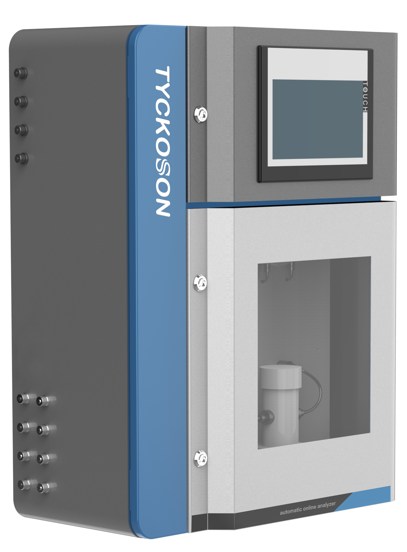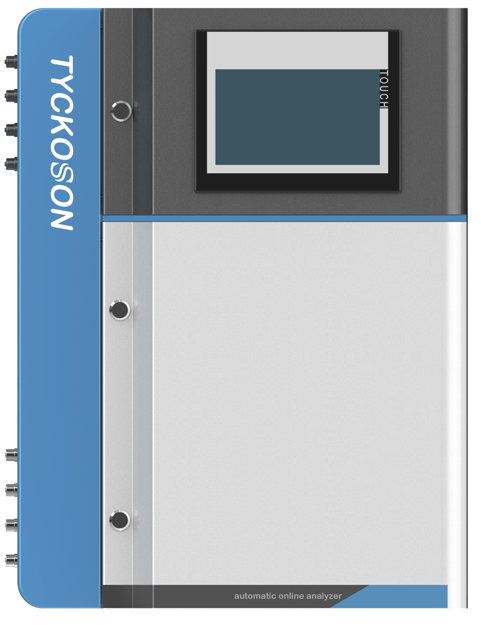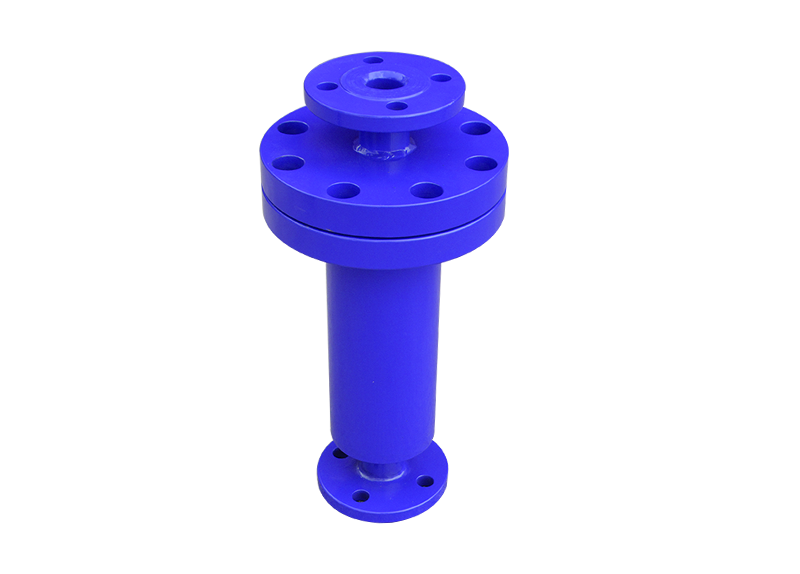具有富电子Cu位点的空间不对称催化剂设计促进全普光芬顿催化
Spatially asymmetric catalyst design with electron-rich Cu sites to facilitate full-spectrum photo-Fenton-like catalysis
近年来,使用可再生太阳能驱动的光-Fenton技术用于解决环境污染问题被认为是一个前瞻性策略。此文章提出了一种基于硅酸铜纳米管(CSN)的Janus非对称催化剂设计,可以同时实现良好的全光谱太阳能吸收、H2O2吸附和催化活性。该研究报道通过在非对称的硅酸铜纳米管中创建富电子Cu(Ⅰ)位点和缺陷结构实现了全光谱驱动的光-Fenton催化。纳米管中氧空位和CuO6八面体结构的共存赋予其优异的全光谱吸收能力。本征电场和氧空位协同加速光生电子的定向迁移,利用光激发电子“自我补充”来补偿Cu(Ⅰ)位点的给电子能力以持续活化H2O2。同时,Cu(Ⅰ)位点的强电子离域降低了其相邻桥接H位点的电子密度,大大增强了对H2O2的吸附,从而显著提高H2O2的利用率。结果,CSN在全光谱照射的光-Fenton体系中实现了对多种难降解污染物的有效去除,去除率大于95%。在180 min内对实际印染废水(3905 mg/L)的COD去除率达到54%,这是传统铜基材料无法达到的,体现了其在实际废水深度处理中的潜力。这项工作不仅实现了高效利用H2O2用于有效去除难降解有机污染物,而且对未来设计具有优异全光谱光-Fenton催化性能的Cu基材料用于水污染处理具有重要意义。
The use of light-Fenton technology driven by renewable solar energy to address environmental pollution problems has been regarded as a forward-looking strategy. This article presents a Janus asymmetric catalyst design based on copper silicate nanotubes (CSN), which can simultaneously achieve excellent full-spectrum solar energy absorption, H2O2 adsorption and catalytic activity. This study reports the achievement of full-spectroscopy-driven photo-Fenton catalysis by creating electron-rich Cu(Ⅰ) sites and defect structures in asymmetric copper silicate nanotubes. The coexistence of oxygen vacancies and the CuO6 octahedral structure in nanotubes endows them with excellent full-spectrum absorption capacity. The intrinsic electric field and oxygen vacancies work together to accelerate the directional migration of photogenerated electrons. The "self-replenishment" of photoexcited electrons is utilized to compensate for the electron-donating ability of Cu(Ⅰ) sites for the continuous activation of H2O2. Meanwhile, the strong electron delocalization at the Cu(Ⅰ) site reduces the electron density at the adjacent bridged H site, significantly enhancing the adsorption of H2O2 and thereby significantly improving the utilization rate of H2O2. As a result, CSN achieved effective removal of various refractory pollutants in the full-spectrum irradiated photo-Fenton system, with a removal rate of more than 95%. The COD removal rate of the actual printing and dyeing wastewater (3905 mg/L) reached 54% within 180 minutes, which is unattainable by traditional copper-based materials, demonstrating its potential in the advanced treatment of actual wastewater. This work not only realizes the efficient utilization of H2O2 for the effective removal of refractory organic pollutants, but also is of great significance for the future design of Cu-based materials with excellent full-spectrum photo-Fenton catalytic performance for water pollution treatment.


.jpg)





.jpg)



